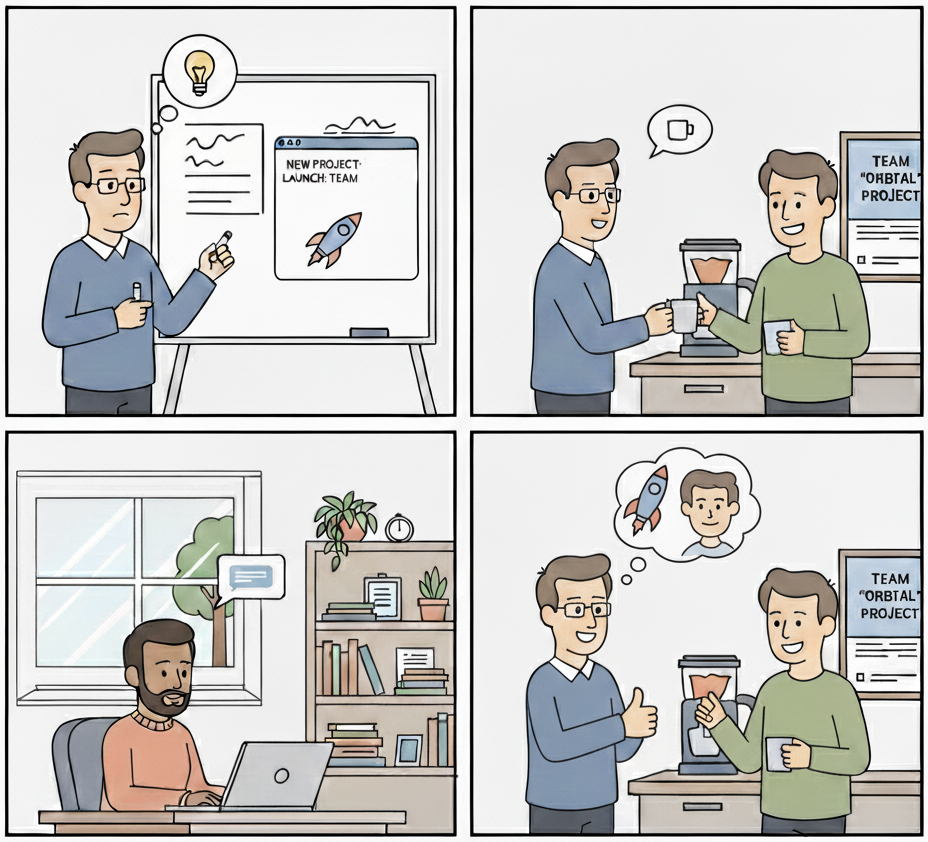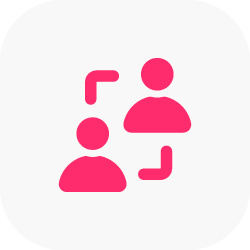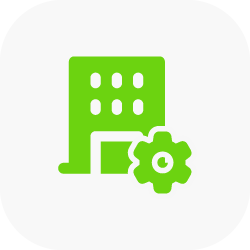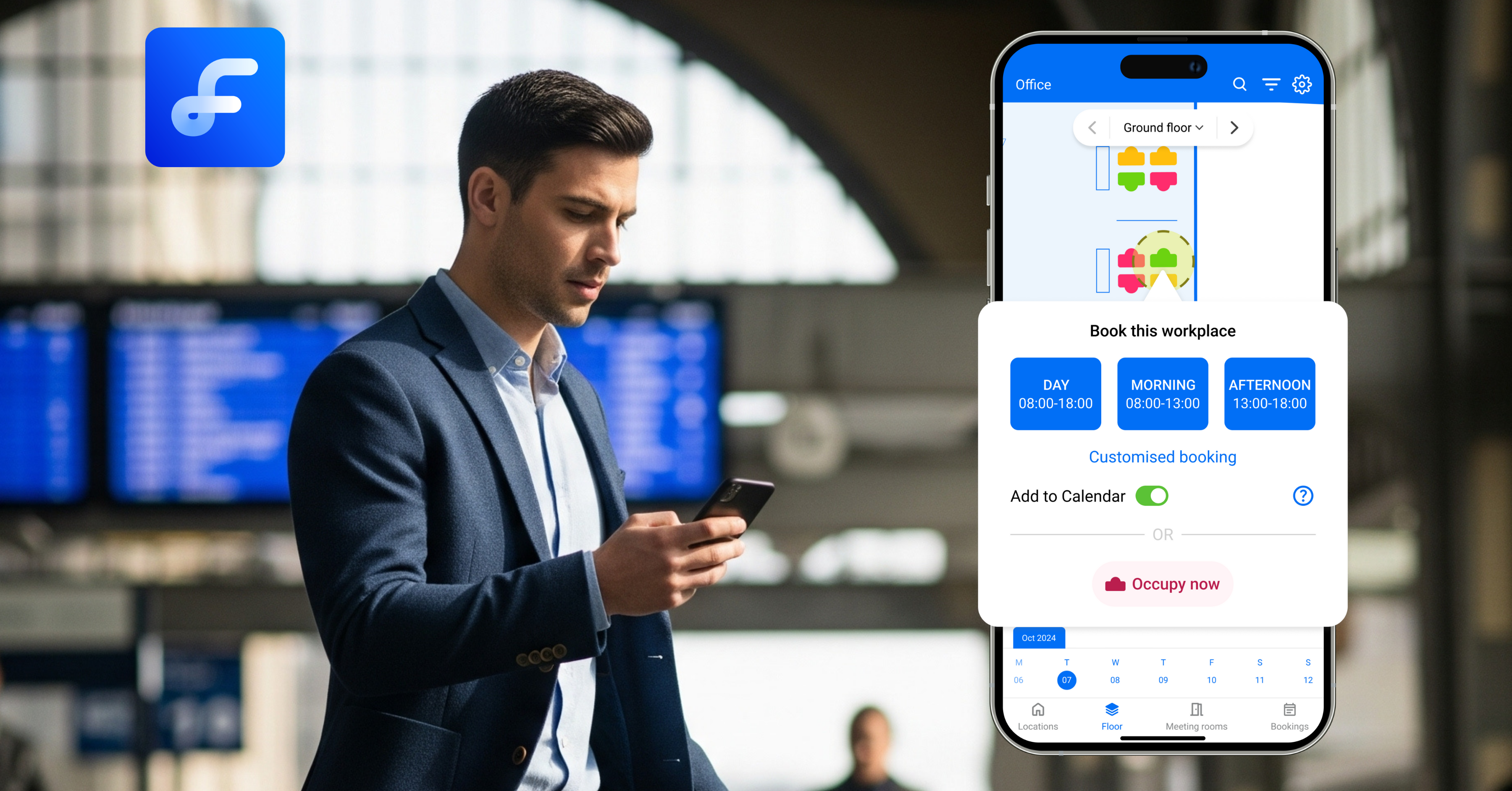
The Invisible Threat of Hybrid Work: How to Fight Proximity Bias
It’s 4 PM on a Tuesday. An urgent, career-making project lands on a manager's desk. Who do they turn to? The person they just shared a coffee with, or the name on a Slack status? The answer, all too often, is rewriting career trajectories in the hybrid era. Your hybrid work policy has a bug, and it's quietly sabotaging your best remote talent.
It’s called proximity bias, and here in late 2025, it's the biggest threat to fairness and innovation you're not talking about.
Proximity Bias on Steroids
Proximity bias is not new. It's a deeply human shortcut, a cognitive flaw rooted in the 'mere-exposure effect' described in psychological research, where we naturally gravitate towards people and things we see most often. We subconsciously assign more value and trustworthiness to the familiar.
For decades, this played out in minor ways in a co-located office. But the advent of hybrid work has changed the game entirely. Now, with a workforce split between physical and virtual spaces, this subconscious preference has a stark, binary choice to make. It creates a natural "in-group" (those in the office) and an "out-group" (those working remotely).
This is where the danger lies. The most critical moments of opportunity, the spontaneous brainstorm in the hallway, the informal debrief after a meeting, the "who's available right now?" question, are all happening by default within the in-group. Proximity bias is what happens when in-office employees are seen by management as higher performers, even when their output is identical to their remote peers. Remote work didn't create proximity bias, but it put it on steroids, amplifying its impact from a minor quirk to a major driver of inequity.
The Destruction of True Flexibility
This dynamic imposes a silent tax on flexibility. You may offer your employees the option to work from home, but if they perceive—correctly—that their career velocity is tied to their physical presence, that choice becomes an illusion. They are forced to decide between the flexibility they need for their lives and the visibility they need for their careers.
When an employee has to commute into the office on a day they don't need to, just to be "seen" by leadership, your hybrid policy has failed. This forced presenteeism doesn't just breed resentment; it erodes the very foundation of trust and psychological safety that a successful hybrid culture depends on.
Ultimately, this leads to a predictable and damaging outcome: your most talented remote and hybrid employees, feeling overlooked for promotions and key projects, will leave. They will seek out organisations that don't just allow flexibility but have built a system where it can thrive without penalty. You are left with a less diverse, less engaged workforce and a culture that rewards presence over performance.

The Solution: From "Default" to "Intentional"
So, is the answer to mandate a full return to the office and eliminate the problem? Absolutely not. That would be a monumental step backward, ignoring the massive gains in productivity and work-life balance that flexibility offers.
The problem isn't remote work. The problem is our failure to manage it. We have stumbled into hybrid models by default, clinging to analogue, office-centric habits while our workforce has moved on. The solution is to move from default to intentional.
We must consciously design a system of work that neutralises the effects of proximity bias. This requires a new layer of operational intelligence—a digital infrastructure that makes the entire workforce visible, connected, and accessible, regardless of physical location. It’s about building a single, unified workplace experience, not running two separate ones in parallel.
How Smart Office Platforms Build Equity
This is where modern workplace management tools become essential. These smart office platforms are not just about booking a desk; they are about re-architecting your entire work environment for fairness and effectiveness.
Here’s how they dismantle proximity bias at its core:
They democratise access to resources. Office politics often extend to who gets the best desk or the corner conference room. A smart booking system eliminates this, creating a fair, transparent process for everyone. This may seem small, but as Microsoft's Work Trend Index often highlights, the employee experience is built on these daily interactions. When employees feel the system is fair and designed for them, it builds trust and engagement.
Your Blueprint for Intentional Design
Implementing the right technology is the critical first step. The second is building the cultural and operational habits that make it effective. Here is a practical blueprint for designing your future, rather than defaulting to it:

Redefine Performance Around Outcomes, Not Visibility.
This is the most powerful tool against proximity bias. Overhaul your performance management system to focus purely on objective, pre-agreed-upon results. Train your managers to meticulously evaluate remote and in-office employees using the exact same outcome-based rubric. When success is defined by measurable output, it becomes irrelevant where the work was done.

Formalise Key Communication Channels.
Ban the "hallway decision." Institute a "digital-first" communication norm where any significant update, decision, or action item must be documented in a shared digital channel (like Slack, Teams, or a project management tool). This creates a single source of truth, giving everyone equal access to information and nullifying the advantage of being physically present for informal conversations.

Treat the Office as a Tool for Specific Jobs.
Stop thinking of the office as the default place of work. Instead, define its purpose. Use your workplace management platform to structure the office for specific, high-value activities. Designate zones and days for collaborative workshops, deep-focus work, or client presentations. This turns the commute into a purposeful investment for a clear benefit, rather than an obligation for "face time."

Train Leaders to Manage in a Hybrid World.
Your managers' habits will make or break your policy. Invest in targeted training that equips them with the skills to lead a distributed team. Focus on inclusive meeting facilitation (e.g., calling on remote participants first), asynchronous workflows, and building social connection and trust with employees they don't see every day.
.png?width=1000&height=905&name=FW%20-%20Proximity%20Bias%20Blog%20(1).png)
Conclusion: Design Your Future, Don't Default to It
Proximity bias is the ghost in our modern workplace machine: invisible, pervasive, and deeply damaging. Leaving it unchecked will undermine your culture, penalise your best people, and ultimately cripple your ability to compete in a world that demands true flexibility.
The time has come for leaders to graduate from simply allowing hybrid work to actively designing a hybrid ecosystem. By combining intelligent workplace technology with the intentional cultural habits outlined above, you can create a system that elevates performance over presence and opportunity over location. You can build a workplace where every employee, whether at a desk in HQ or a home office hundreds of miles away, feels seen, valued, and empowered to do their best work.
























%20(1).png)


